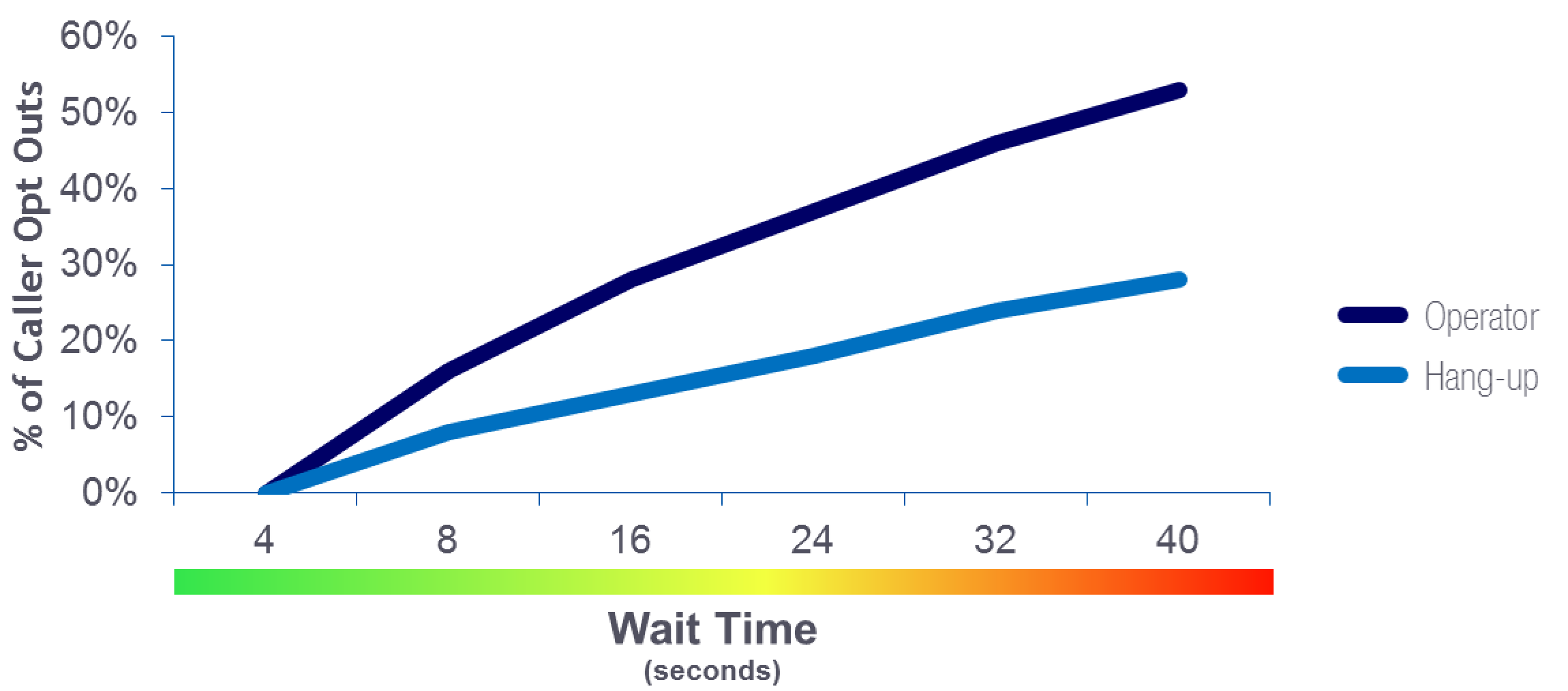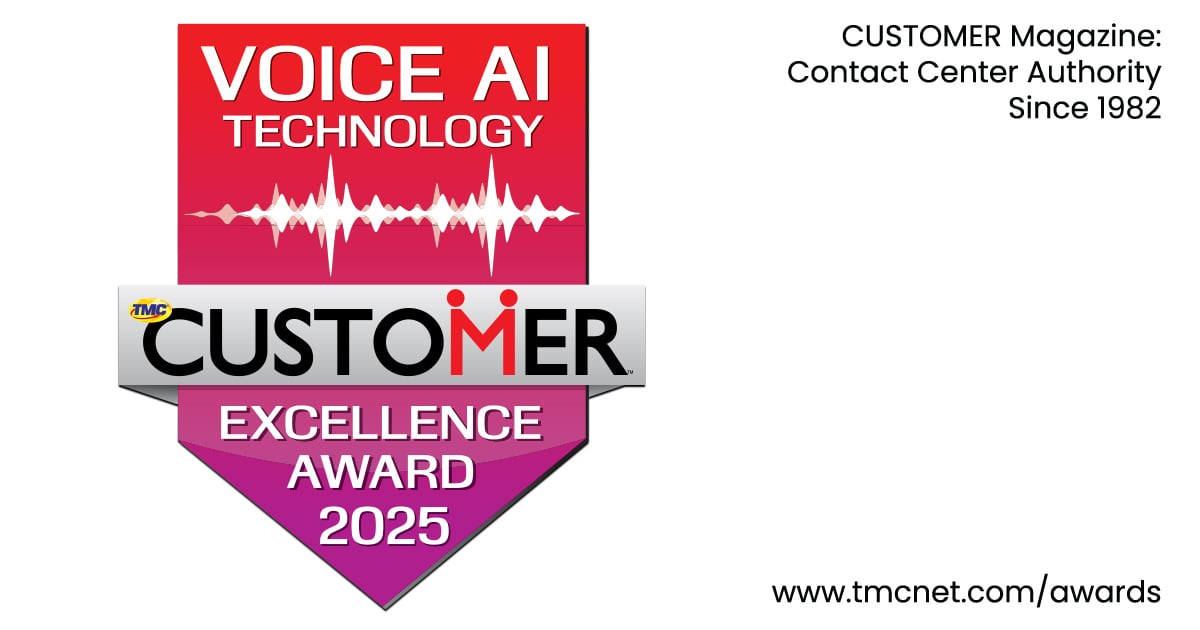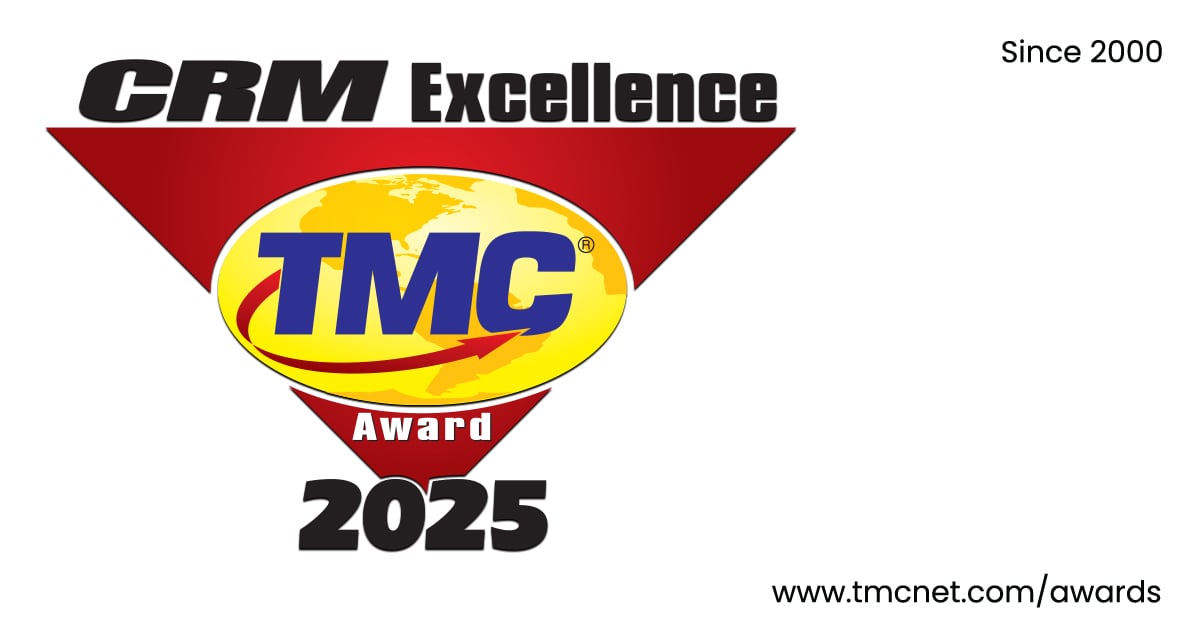Most contact center professionals will agree that call automation has come a long way in recent years. New capabilities such as speech recognition and natural language have made these solutions much more caller-friendly than ever before. Combined with increasing public acceptance of these new capabilities across consumer applications (Siri, Cortana, Sync, etc.), the latest call automation technologies are proven to be highly effective at pleasing callers while also bringing many financial and operational benefits to the organization.
That being said, there is still reticence among contact center professionals when it comes to the costs associated with implementing and managing these solutions. While older technologies such as DTMF Directed Dialog ("Please press 1 for sales, press 2 for service…") continue to dominate call automation in the U.S. with more than 60 percent of large organizations employing these outdated and downright despised solutions, newer technologies employing speech recognition and natural language are perceived as being much higher in cost. Not only is this assessment inaccurate, but it fails to take into account the cost to the business of continuing to frustrate and mistreat callers with poor automation or unavailable operators.
Time, Effort and Lost Revenue
Outdated call automation solutions frequently feature long dialogs and options menus that add a significant amount of time to each call (where a second is an eternity from the caller's perspective). And research shows there is a direct correlation between the amount of time and level of effort it takes for a caller to get connected, and the percentage of negative caller behaviors such as Operator Requests (indicating a lack of satisfaction with the automated experience) and Abandoned Calls (Hang Ups).
The chart below shows the increases in negative behaviors over time:

Now if we follow this logic a step further down the rabbit hole, we can make a loose correlation between those increases in abandoned calls and the potential for lost revenue. Let's assume an organization's contact center receives 1,000 calls a day on average. Let's also assume that the average transaction size for the call center is $50. Let's finally assume that roughly 35 percent of callers that hang up will contact a competitor to make their purchase rather than calling back. With these assumptions, the potential for lost revenue begins to come into focus, as outlined below:
|
Calls
|
1000
|
1000
|
1000
|
1000
|
|
Wait Time
|
16 sec
|
24 sec
|
32 sec
|
40 sec
|
|
Abandoned
|
100 (10%)
|
150 (15%)
|
200 (20%)
|
250 (25%)
|
|
Lost Revenue (daily)
|
$1750
|
$2625
|
$3500
|
$4375
|
Call automation solutions utilizing speech recognition and natural language eliminate the need to provide callers with lengthy instructions or options, and interact with callers in the same manner as an operator ("Good morning, General Hospital. Who would you like to reach?"). With typical connection times of less than 16 seconds, these solutions generally see operator requests and hang up rates that are within expected parameters (i.e. callers with complex problems who really need an operator, or callers who need to hang up for a reason that has nothing to do with the caller experience) of < 10 -15 percent.
Costs for Your Brand
Another question to consider. What is your brand worth to you? Because that's what's on the line every time a caller contacts your organization. Here are a few quick facts that make clear the importance of a great caller experience:
- Each year companies lose more than $30B due to poor customer service
- 49 percent of people won’t call a company again if they've been put on hold
- 95 percent of people will take one or more actions following a negative experience:
- 56 percent will never use the company again
- 25 percent will tell friends to avoid the organization
- 20 percent will post a negative online review
- 14 percent will share the negative experience via social media
With more than 3/4 of all customer interactions still occurring over the phone, how can your organization risk not getting the caller experience correct? With all the effort and resources that go into customer service, branding, etc., why risk it with unavailable operators or outdated call automation?
The Bottom Line
While many outdated call automation technologies can be had at little or no cost to the organization, careful consideration should be given to the hidden costs these solutions can engender. And we're not only talking about the potential for lost revenue or adverse impact on the brand. Who will maintain the solution? Who's in charge of the day-to-day updates and tweaks? Who will take care of the directory? Often, these low-cost or "bundled" solutions are provided as unsupported, off-the-shelf solutions that will either require significant IT time and resources to manage effectively, or will contain multitudes of "per-item" service costs that can quickly spiral out of control.
On the other hand, some of the most high-performing, state-of-the-art solutions combining speech recognition with natural language (such as Parlance's Operator Assistant) are not only proven to please callers and achieve high rates of self-service, but are also supplied as a managed service at a cost-effective price point. They’re all inclusive, flat-service fees mean no hidden costs and guaranteed performance.
Think they're still too expensive for you? While each application and business will require unique solutions and applications, how much do you pay a single agent/operator? Maybe that should be your baseline when looking at a new automation solution…
Edited by
Stefania Viscusi





